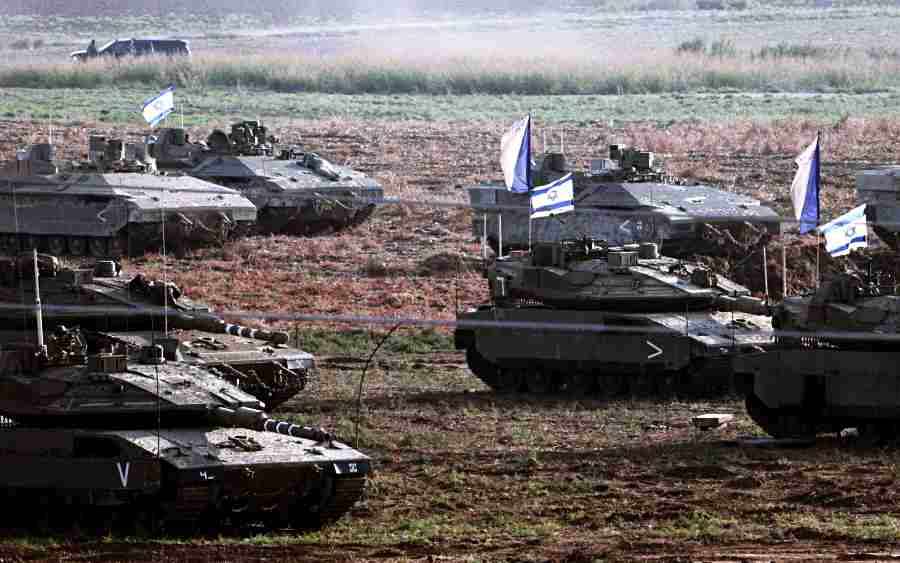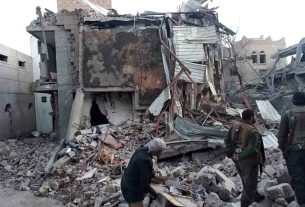Sun 29 October 2023:
A strong combined-arms attack on Gaza that started on Friday night continued on Saturday, but it is still unclear whether this is the first step in the big push that Israel has been announcing or is it just another probe to test Palestinian resistance.
The Israeli military launched two limited-scope ground attacks on Wednesday and Thursday night, releasing videos to exploit them for propaganda. On both occasions, they pulled back to Israel before dawn.
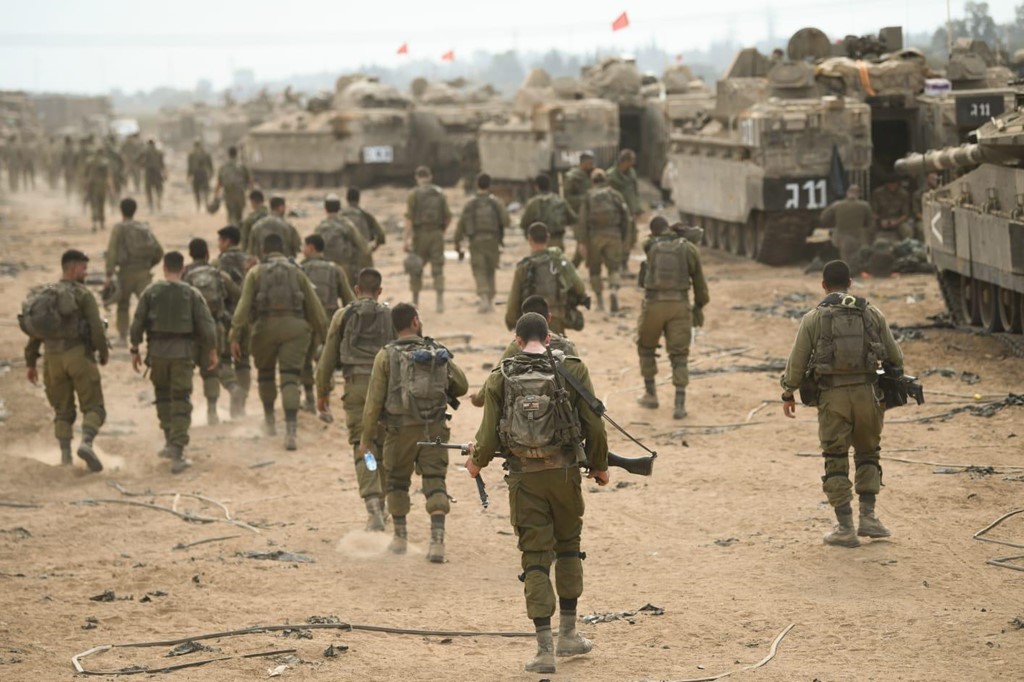
The still-ongoing attack seems not to be the “‘Big One”. But as an obvious extension of the previous two incursions into Gaza, it may be a precursor to an all-out offensive.
Saturday’s reports from Gaza may be the last made over mobile networks and land-based internet. Israeli forces hit public telecom infrastructure and Gaza is now under an almost total communications blackout. The only means to get information out to the world are the few remaining satellite telephones, but those could be targeted at any time.
Israeli Air Force dedicated electronic warfare aircraft can pinpoint every device exchanging data with low-orbit communication satellites and direct deadly air-to-ground missiles against it.

The technique is hardly new: It was first used by the Russians in 1996 to assassinate Chechen President Dzhokhar Dudaev as he was using a satellite phone. Israelis have a long record of targeted killings using phones to identify and locate the target. One of the first victims of the technique was Hamas leader Yahya Ayyash, killed the same year as Dudaev.
However, the destruction of communication nodes and the use of electronic countermeasures to block any remaining public lines that survived will not harm Hamas fighters who, knowing Israeli tactics and capabilities, appear to have prepared for this course of action.
Palestinian sources claim that Hamas installed “Israel-proof” communications infrastructure in its extensive network of tunnels under the Gaza Strip. It allegedly laid tens of kilometres of cables with strong electromagnetic shielding to prevent the detection and interception of signals.
Installed in the most modern tunnels, set in much deeper, they are almost fully secure from prying Israelis. The cables emit a minimum amount of electromagnetic radiation, and the great depth practically prevents detection and signal interception. These new, secure, means of communications may explain how Hamas managed to keep its plans for the October 7 attack secret.
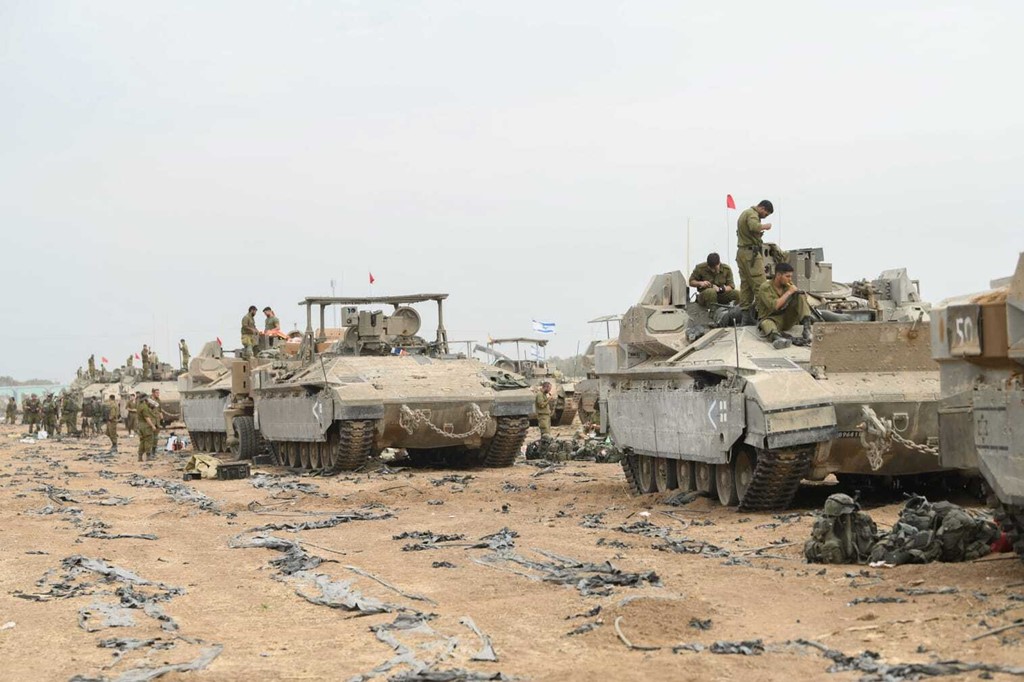
On Saturday, Israel’s Defence Minister Yoav Gallant admitted that his forces were specifically targeting the tunnels. Israel claimed it hit more than 150 underground targets, but this claim must be taken with a pinch of salt. Buildings hiding tunnel entrances, maybe; 150 tunnels, unlikely.
Since Hamas first embarked on underground warfare, its tunnels have grown from primitive makeshift dugouts couple of metres deep to sophisticated, well-engineered, concrete-clad structures that reportedly stand as deep as 20 metres (66 feet) under the surface.
The reasons for going so deep — a feat that requires considerable engineering effort and use of manpower — is to pass under Israeli border barriers, including tall concrete walls that extend as deep as eight metres (26 feet) under the surface. Digging deep gives Hamas the additional advantage of their tunnels becoming fairly immune to Israeli bombing.
Ordinary iron bombs, free-fall or laser-guided, penetrate poorly. Anything deeper than one meter (3 feet) is relatively safe. To destroy targets hidden further underground, special ammunitions are needed. Rocket-accelerated bombs, originally developed to penetrate the thick and strong concrete of airport runways and explode in the soft ground under it, raising the paved surface and making it unusable for aircraft, can be used against tunnels and underground bunkers. But in Gaza, their efficacy is questionable as tunnels are rarely dug under open soil that these boosted bombs can penetrate.
Having gone through so many bombardments, Hamas took good care to locate its subterranean facilities under surface structures. Its tunnels probably extend under the buildings wherever possible.
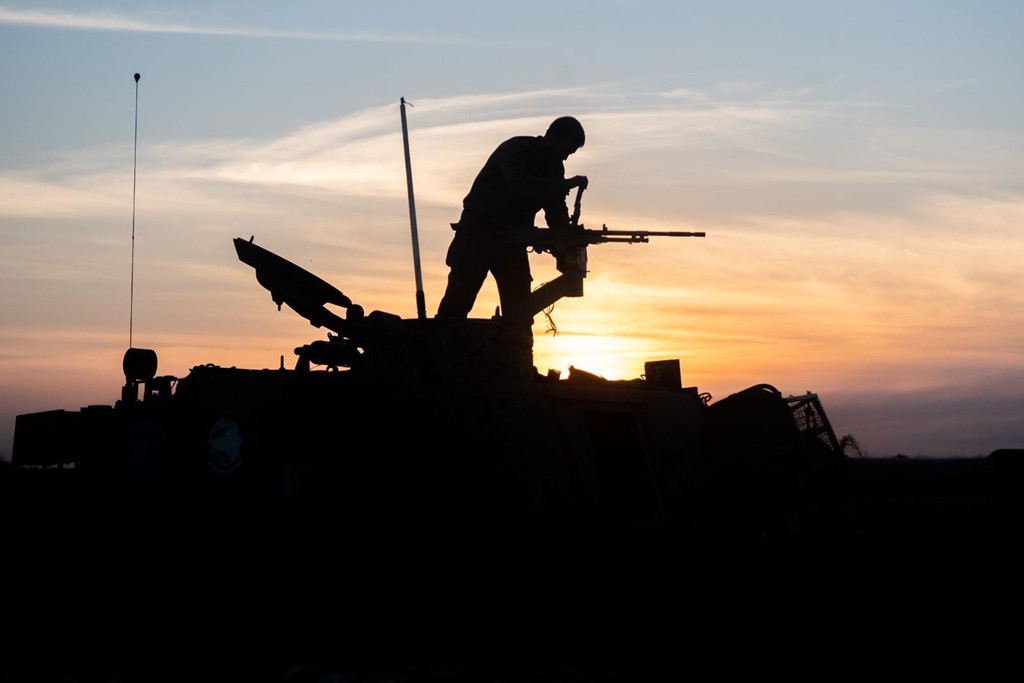
This affords the tunnels the protection of several concrete floor slabs that even bigger ordnance has difficulty penetrating. Bombs and rockets normally explode when they hit a hard obstacle, penetrating the first concrete floor but lacking the power to go through the subsequent ones.
This is overcome by tandem warheads, where the first charge explodes as the projectiles hit the topmost slab, the next blasting through the one immediately below it. Most such warheads are designed to take out two lawyers, a few might be able to take three. But none can blast its way through three or four floors. If the structures are hit by conventional explosions beforehand and turn into loose layers of rubble, the task becomes even more challenging. Rubble favours defenders rather than attackers.
Special dedicated “bunker buster bombs” exist, designed to take the biggest and hardest underground bunkers, but they are certainly not going to be a game changer in this conflict. Such deep penetrators were designed to defeat the enormous concrete ceilings of former Iraqi leader Saddam Hussein’s bunkers. But they would be a very impractical and prohibitively expensive solution because, despite Israeli superior technology, it still would have a very slim chance of accurately detecting the deep Hamas tunnels. Wasting thousands of bombs worth millions each simply could not be sustained.

The United States ended up not using these super-penetrators for the invasion in Iraq. Israel bought an undisclosed number of GBU-28 2,100kg (4,500-pound) specialised deep-digging bombs, but I would be surprised if these could make a strategic difference as the conditions for their use are far from ideal. Iraq probably had several dozens of main command bunkers whose locations were generally known while Hamas has more smaller facilities, most well-hidden under buildings.
We have to see how the latest escalation will develop, whether it will lead to an invasion along multiple lines using at least 30,000 ground troops or if it will quiet down.
To sum up the last four days of attacks: Nothing that Israel has shown so far could grow into a major strategic initiative to win the war on the ground. Its next steps will show how well it learns from its — and Hamas’s — performance.

______________________________________________________________
FOLLOW INDEPENDENT PRESS:
WhatsApp CHANNEL
https://whatsapp.com/channel/0029VaAtNxX8fewmiFmN7N22
![]()
TWITTER (CLICK HERE)
https://twitter.com/IpIndependent
FACEBOOK (CLICK HERE)
https://web.facebook.com/ipindependent
Think your friends would be interested? Share this story!


